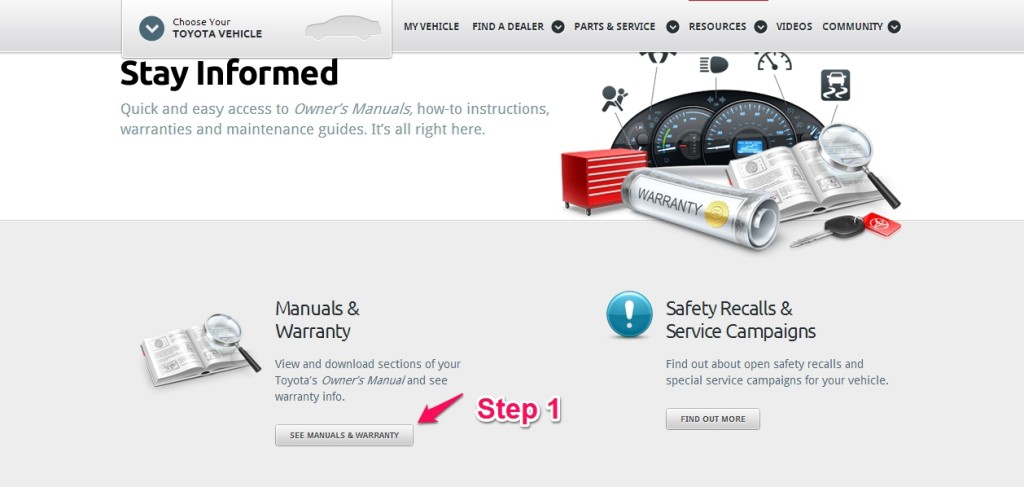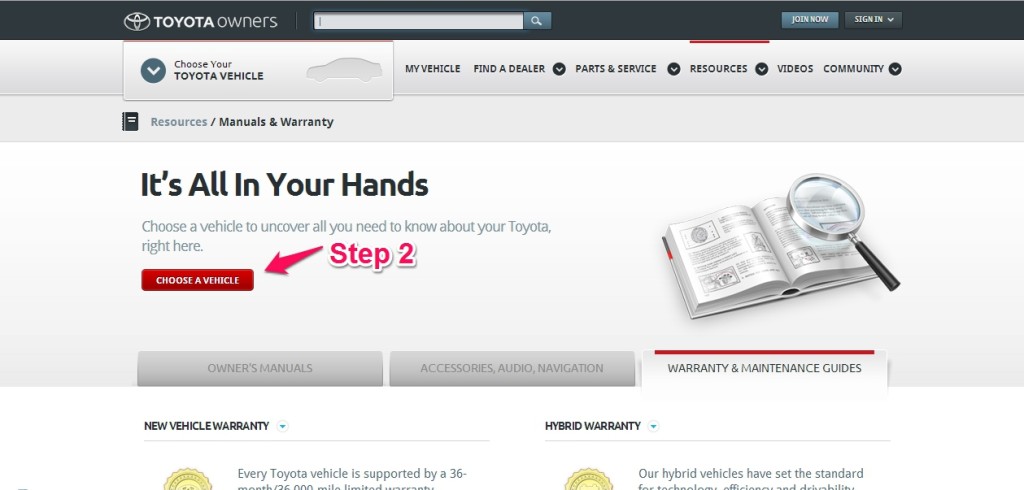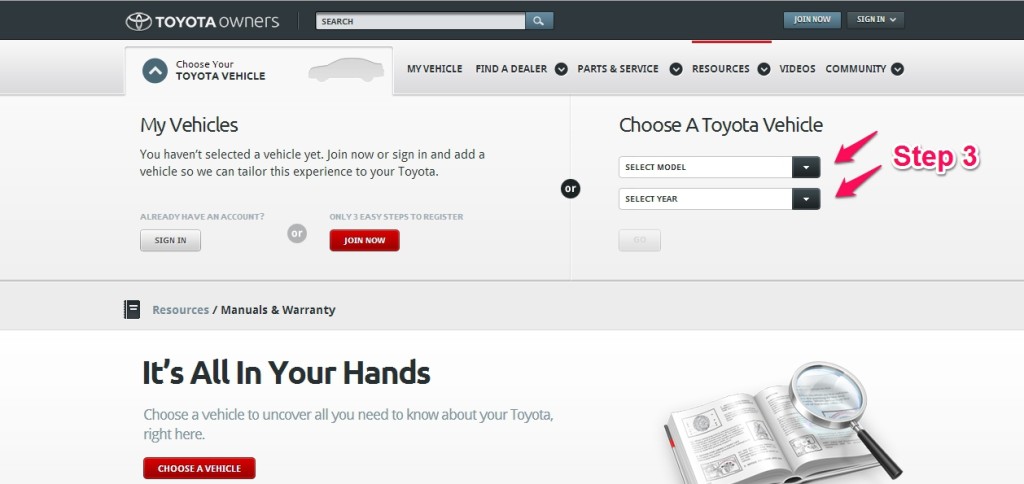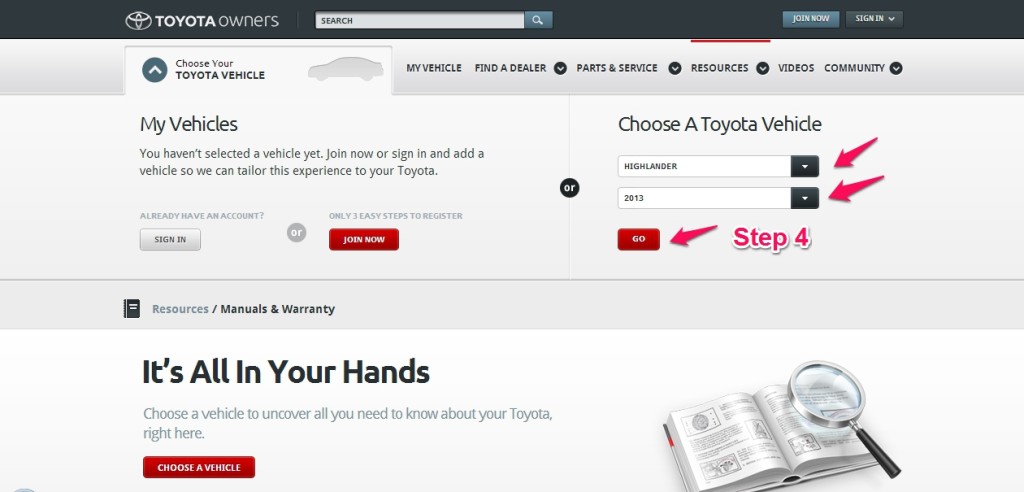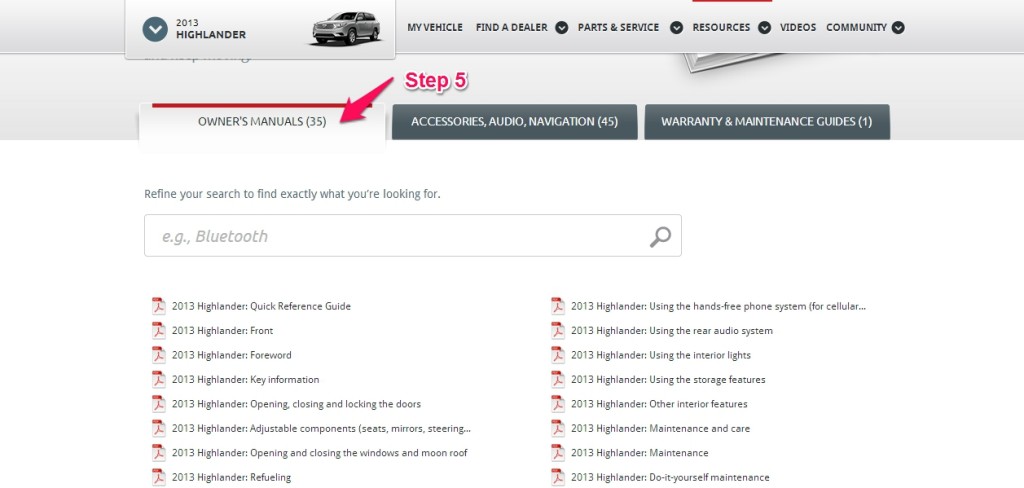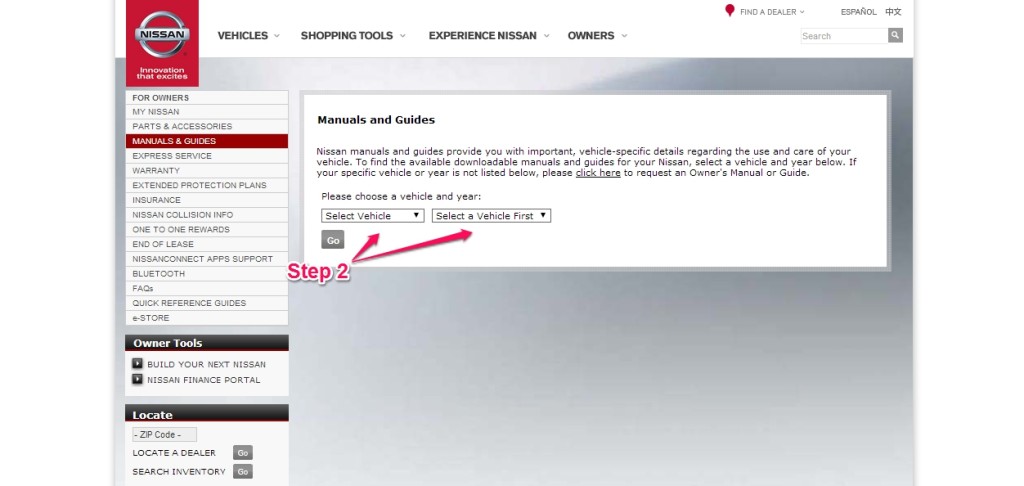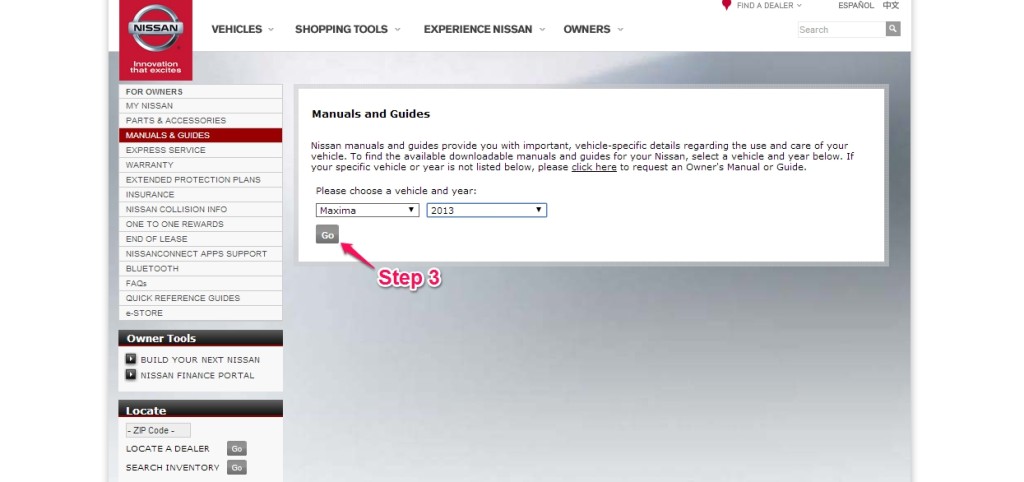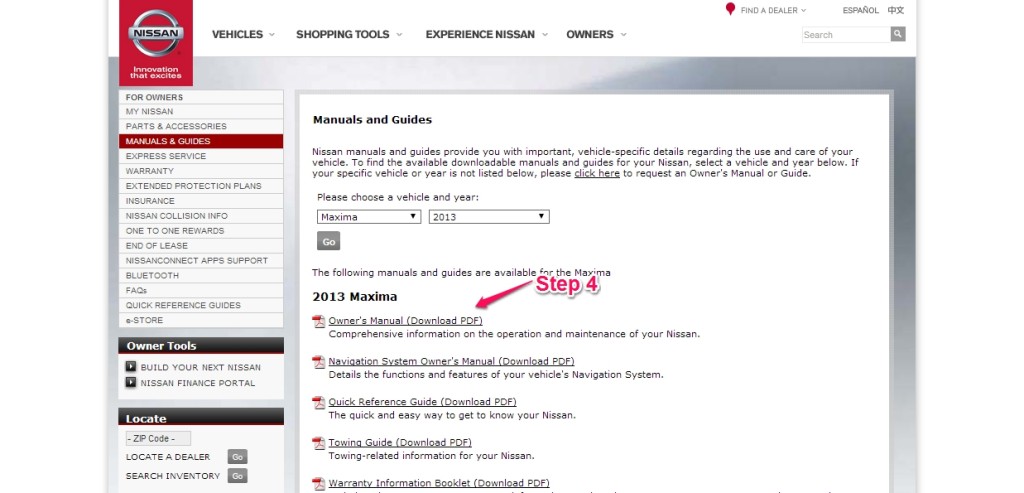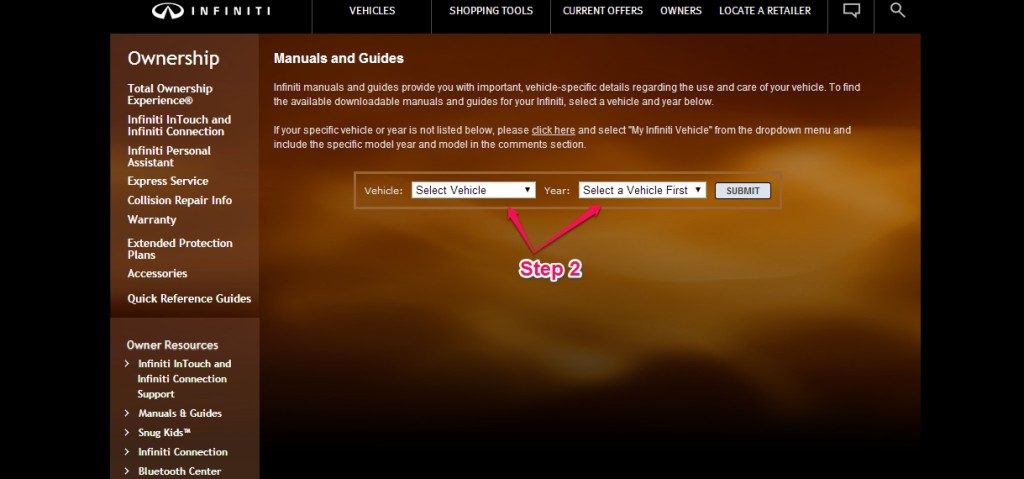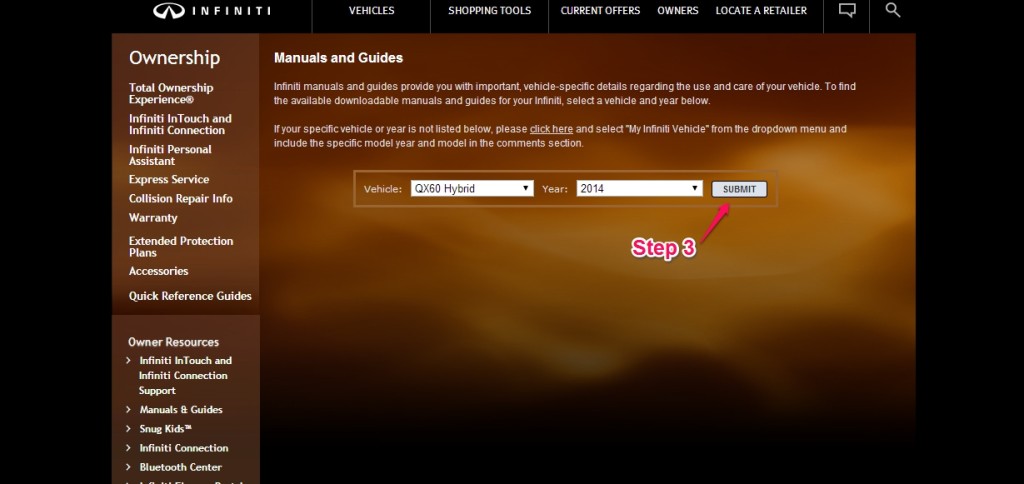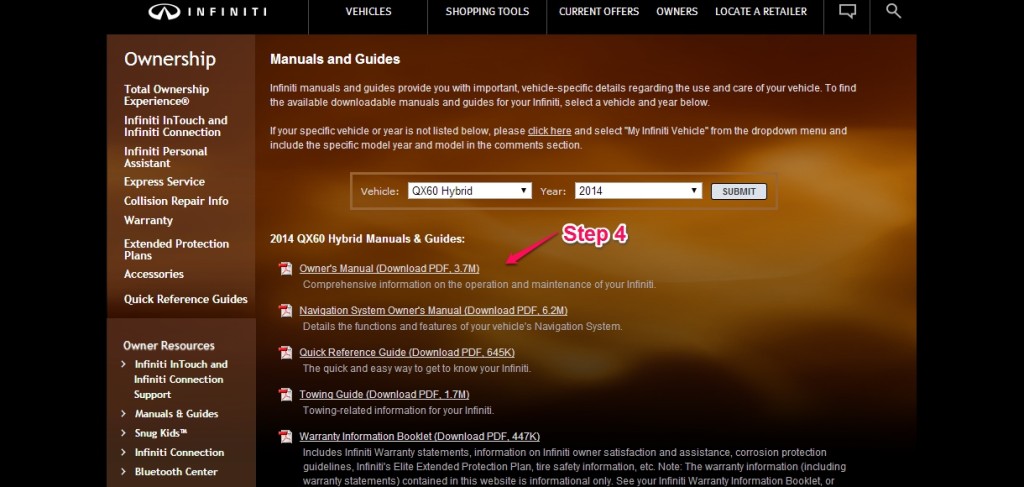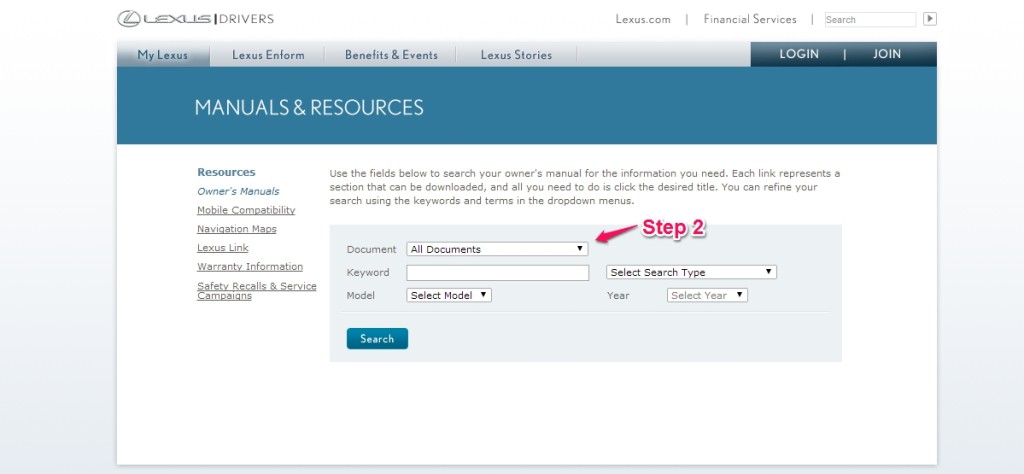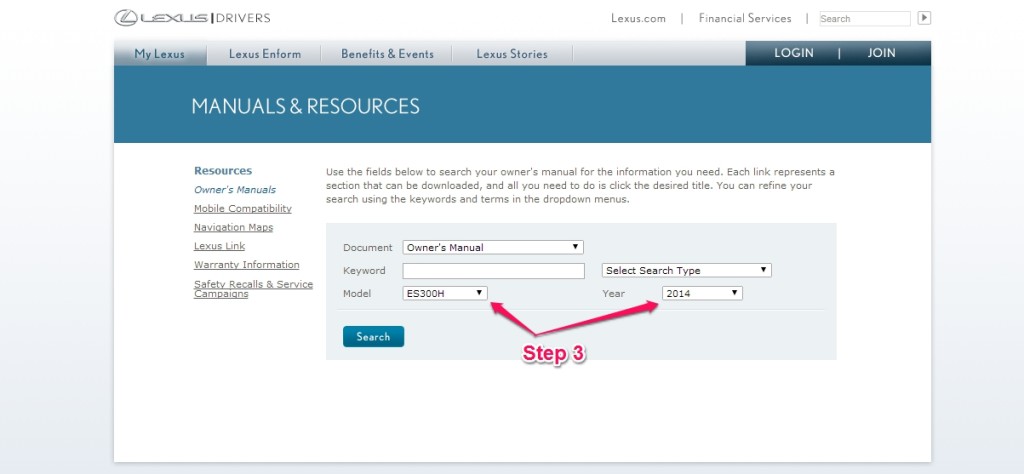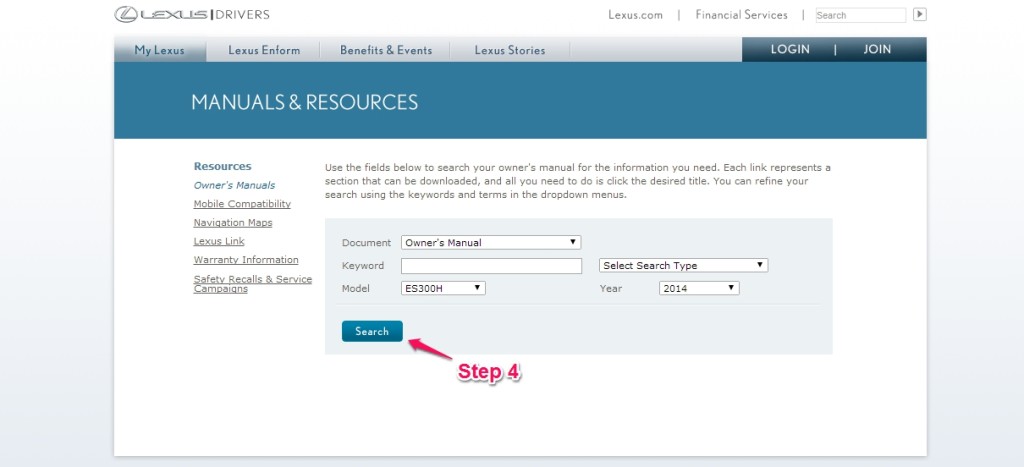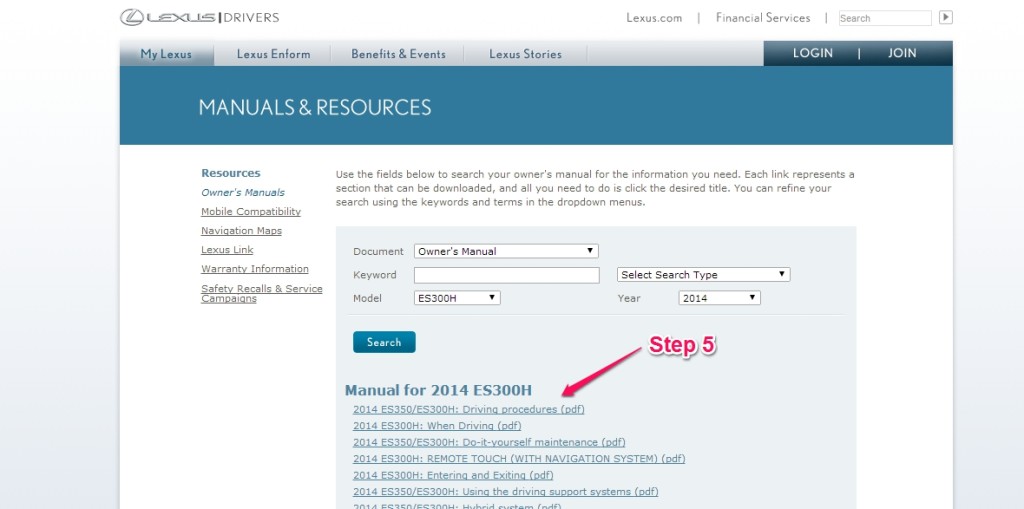Everyone is looking to save money these days. One way to do this is to purchase a reasonable vehicle that’s as fuel-efficient as possible. Many car shoppers wonder if the type of transmission on a car makes a big difference in gas or diesel consumption. When it comes to automatic cars VS manual cars fuel efficiency, what’s the difference?
Fuel Efficiency in Automatic Cars VS Manual cars
When it comes to automatic car vs manual car fuel efficiency, things used to be pretty straightforward. If you wanted maximum economy, going with a manual transmission was the best choice every time. It was well-known that automatics sucked down fuel faster, making it so you literally had to pay for the convenience with each tank of gas.
While that was the case years ago, things have most definitely shifted. Technology has changed in some big ways, and with that so has how different transmissions operate.
What this means is you can no longer rely on the old stereotypes when looking for the most fuel efficient cars.
Gears
 One of the big reasons for the shift in fuel efficiency is the fact that a growing number of automatic transmissions have more gears. Depending on the vehicle, you might be able to get up to eight or nine speeds, which was unheard of only a few years ago.
One of the big reasons for the shift in fuel efficiency is the fact that a growing number of automatic transmissions have more gears. Depending on the vehicle, you might be able to get up to eight or nine speeds, which was unheard of only a few years ago.
With more gears comes the ability to keep the engine in its “sweet spot.” This is the RPM range where the engine not only puts out excellent power and is responsive, it also runs more efficiently. Back when automatic transmissions had only three or four gears, it was necessary to operate the engine through a wider RPM band. Driving a more modern vehicle with plenty of gears and taller gearing, there’s usually a pretty significant gain in fuel economy.
You might think that automatics with plenty of gears are constantly shifting, but it really depends on how you drive and how the vehicle has been designed. That being said, many modern designs are so advanced that gear transitions are smooth and subtle, so you might not even notice.
Other Improvements
Quite a few technological improvements have helped change the automatic car vs manual car fuel efficiency issue. One is the issue of gear seeking, or when a vehicle with an automatic keeps switching between two gears. This used to be common when climbing steep grades, like going up a canyon road. Not only is it annoying for drivers, it kills fuel economy.
With a manual transmission, drivers know that the car is climbing a steep slope and needs extra power to make it up all the way. Instead of shifting into a higher gear, they can leave the transmission is a lower gear, keeping the engine RPMs higher and squeezing out more power.
Thanks to the many onboard sensors included on modern vehicles, plus more advanced computer programming, most automatics can “read” the situation and avoid gear seeking.
Another big change is the adoption of lock-up torque converters for automatics. The old fluid-driven coupling for automatics actually hurt fuel economy. Today, most are able to lock into gears at higher speeds, like manual transmissions. This means improved efficiency, closing the gap between automatics and manuals.
Look at Each Individual Model
Before you buy a specific vehicle, it’s important to check out test results for automatic versus manual efficiency. This is necessary when dealing with fuel efficient cars in 2016. With some vehicles, there might not even be a manual transmission option, so that’s something that you need to research.
One of the most cited and respected sources for fuel economy information is the United States Environmental Protection Agency or EPA. Through the website fueleconomy.gov, you can see the city, highway and combined fuel economy results for specific vehicle models. It makes comparing manual and automatic transmission results easy. Know that the EPA estimates fuel economy based on a very specific set of criteria that probably doesn’t mimic how you drive. In other words, the figures shown on the website likely won’t match what kind of fuel economy you can expect on a regular basis. Still, it provides a way to estimate about how much of a difference exists between options.
Various automotive publications that are also available online will sometimes do “real world” tests of fuel efficiency for different popular models. Unlike the EPA, these sources will show what kind of results you can expect when driving more like the average person on the road.
CVTs
When looking for fuel efficient petrol cars, it’s good to not skip past options with CVTs – short for ‘continuously variable transmissions’. Instead of a traditional setup, the design involves pulleys that constantly adjust the gear ratio. In theory, they have a never-ending number of gears.
Just like with automatics that have a lot of gears, CVTs are able to find the ideal setting for any given situation. That means efficiency is boosted.
T3 Atlanta
The choice to purchase automatic cars VS manual cars for fuel efficiency will ultimately fall to individual preference. Whether you’re a manual transmission die-hard or you prefer the convenience of automatic vehicles, your vehicle needs regular maintenance. T3 Atlanta specializes in repairing Toyota, Infiniti, Nissan, and Lexus vehicles. Drop us a line at either our Smyrna (404-794-7700) or Decatur (404-633-7722) location. We look forward to seeing you!

